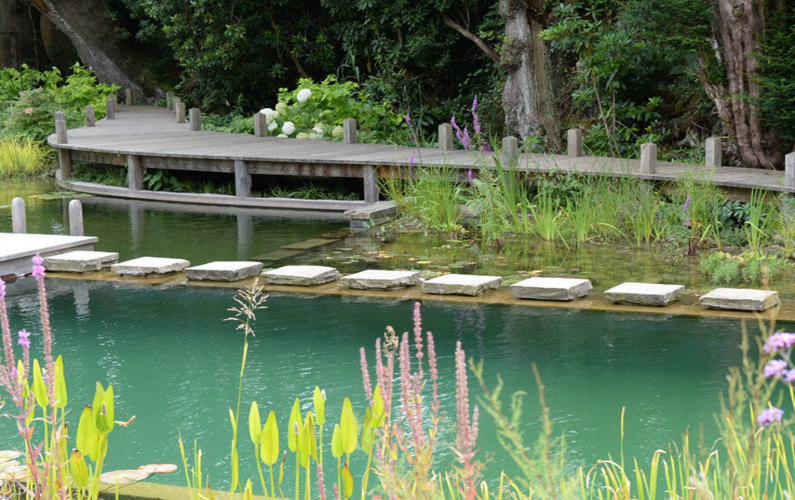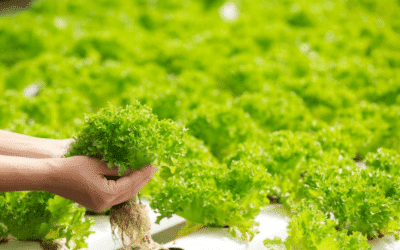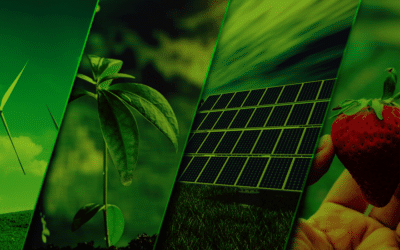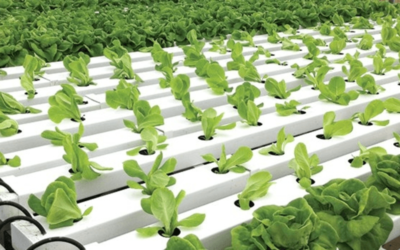Would you prefer swimming in nature or in a swimming pool at home? We may go for convenience and select the swimming pool at home.
However, if we are told that we’re able to experience nature at home every day, wouldn’t we want it? Yes, this is possible – having a natural pool at home. This concept is known worldwide by many names, the commonest name being eco pools.
We know eco pools by different names such as Natural Swimming Pools, Organic Swimming Pools, Chemical Free pools, Green Pools, Ecological Pools, Bio Pools, Spring Pools and Pure Water Pools. Whatever be the name, all have the same purpose – to provide us with sparkling clean water by natural means, that of cleaning the pool water via a live ecosystem of aquatic life.
This results in a rich indigenous water-based garden cradling a natural, clear pool, where the water is precisely cleaned, soft on your skin and instilled with curative energy. No chemicals, no salt, and no sterilization devices, a perfect green and eco system.
Conventional Swimming Pools
Before moving any further let’s briefly evaluate conventional swimming pools and different ways of maintaining their water quality. Conventional swimming pools are the usual swimming pools commonly located in the backyard or the garden. We use different procedures involving chemicals to maintain water quality.
- Firstly, the total alkalinity level is tested and this level is kept between 80 – 120 ppm.
- The pool water is tested and it’s made sure that the pH level lies between 7.2 – 7.6. A pH balancer is added to the water.
- The calcium hardness is kept between 80 – 150 ppm in a vinyl liner pool and 150 – 200 in a pool of plaster finish or concrete pools. As high levels are riskier for scale, soft water is added to bring the calcium hardness down. Scale inhibitor is also used for this purpose.
- Scrubbing is done with a pool brush to remove the light areas of waterline scale build-up. Moreover, a sponge and tile cleaner made for chlorine-free or chlorine pools are also used.
- A schedule is followed regularly for cleaning and testing the water’s balance. If tested daily, the levels remain manageable.
- When white residue build-up occurs, this is Calcium Carbonate. To remove it, products made especially for swimming pools are used instead of other household cleansing products which cause unnecessary harm.
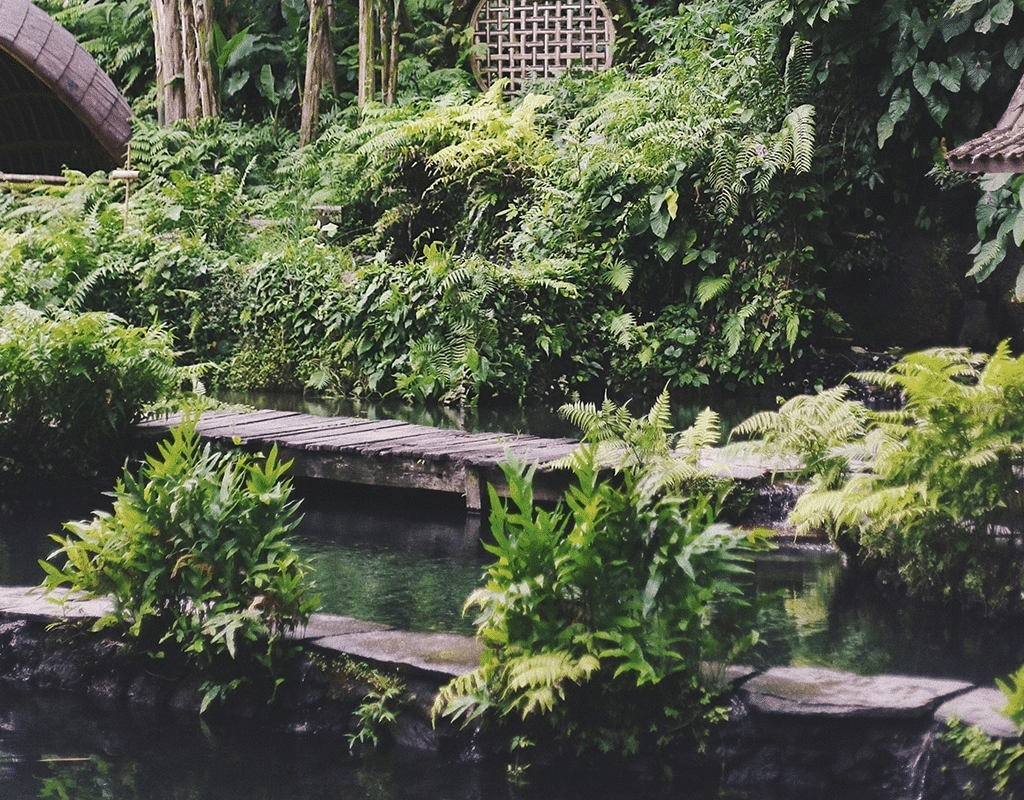
The most common way to clean pools is adding chemicals like chlorine. It is true that chemicals keep insects, algae, mould, bacteria, and other undesirable living matter out of the pool: It is also true that chlorine affects us, albeit in a small way.
The chemically cleaned water in conventional swimming pools harms our skin, eyes, hair, and clothes. It causes eczema, cancer, rashes, and premature ageing as well as itchy skin. It is also believed that swimming pool water cleaned with chemicals causes Asthma, a high risk of allergies and problems in breathing.
Instead of chlorinating pools, chemical-free methods such as using saltwater or natural oxygen to destroy the pathogens are used, but this makes water unsafe and unpleasant. Today, technology has advanced and methods such as using copper additives and converting the pool water’s oxygen into ozone are being practiced widely. See All about Chemical-Free Pool Maintenance.
Benefits of Eco Pools
Eco pools are not only beneficial to us humans, they are also beneficial for the environment. The various benefits provided by them are:
- The maintenance of eco pools is quite low.
- With eco pools, we no longer get huge energy bills because the temperature of the water in these pools is very pleasant most of the time. We won’t require any additional electronic devices to regulate the temperature.
- The water pumps used in eco pools are smaller, almost 60% less electricity is consumed by them.
- The pumping systems used in eco pools are efficient and compact, if we’ve already installed a PV system, we would use Photovoltaic (PV) Solar Electricity and further decrease our carbon footprint.
- Most of the swimming pool water utilized nowadays is effectively dead because of the modern processes of sterilization. That’s why a dip in eco pools provides a completely different experience, naturally cleaned water full of life. This alone makes the eco pool a sound and healthy investment.
- Though the cost to construct ecological pools varies with filtering systems, design, and the client’s choice of building materials, the ‘shell’ cost of constructing an eco swimming pool is the same as with a conventional one.
- The good news is that existing conventional swimming pools are easily transformed into eco pools.
There are numerous other benefits to using natural swimming pools, both personally and environmentally.
How to build Eco Pools on your own
When we don’t want to take a dip in chemicals, we might want to build a natural swimming pool. Water is filtered via plants and several other natural processes. We’d need to follow the steps below:
Step 1: Choose a shady spot on level ground to make sure that your swimming pool is not directly exposed to sunlight.
Step 2: Select the dimensions of your pool. Normally, eco-pools are large, measuring around 45-50 sq. meters and 1-2 meters deep. Avoid going too deep.
Step 3: Adjacent to the pool, leave 10-20 sq. meters, 1-meter deep, for plants and natural materials. These filter the water.
Step 4: Use an excavator to dig the hole for the eco-pool. The digging process is faster and much easier.
Step 5: Install a small water pump at one end of the pool. This pump moves the water towards the plants for filtration.
Step 6: From the pump to the plant area, PVC tubing is placed below the soil (at least 18 inches deep). This is used to supply water to the plant area.
Step 7: Now, attach a submerged aerator to the pump to add oxygen to the water. This ensures that enough oxygen is present in the water to feed the aquatic life of the pool.
Step 8: Use a skimmer for protecting the aerator and the pump.
Step 9: With this step, use a synthetic liner to smooth out the sides and bottom of your pool. This helps in preventing cracks or leaks in the pool because of rocks and other objects. Preferably a black colored liner.
Step 10: If you are following an eco-lifestyle, preferably use bentonite clay instead of a synthetic liner.
Step 11: Place large rocks or stone slabs on the pool’s walls.
Step 12: Now, fill the pool with 10 – 13 cm of pea rock or gravel. This acts as a good habitat for microorganisms.
Step 13: The edges of the pool are also lined with pebbles or rocks.
Step 14: Fill the natural pool and allow it to settle for a week.
Step 15: Now, 3-6 inches of gravel or aggregate is placed into the plant area.
Step 16: The plant area is filled up to 1 foot below the surface.
Step 17: In the plant area, place oxygenating plants to keep the water healthy.
Step 18: To make sure that the organisms get shade, add floating plants to your eco-pool.
Step 19: If the plants used in the pool have roots, cover those with gravel.
So, your eco-pool is ready. Go ahead and dive in!
For further details, watch this:
To convert your existing conventional pool into an eco-pool, if you are a DIY enthusiast, adjust and adapt the aforementioned step by step process. Or leave it to an eco-pool specialist in your area to transform your existing conventional swimming pool into a natural paradise at home.
Is Eco-Pool Water Consumed by Humans?
The water in natural swimming pools, like a mountain stream’s water, is harmless, potable and safe for human consumption.
This is the eco-friendly alternative to chlorine. More about this technology, here:
Is Harvested Rainwater when Filtered by an Eco Pool safe for Human Consumption?
Utilizing harvested rainwater for various purposes including as a water supply for conventional swimming pools and natural swimming pools is common.
In the case of an eco-pool this water is safe for human consumption. We just have to be careful with a few things. The harvested rainwater for the eco swimming pool would first need time to be naturally filtered by the eco-pool.
When considering a swimming pool at home, and armed with information on eco pools, use the knowledge gained here when deciding on a conventional swimming pool or an eco-friendly, eco pool! When living an eco-lifestyle, the decision is easy!
Contributing Sources
Explore Can rainwater from rain water tanks be made safe to drink? | Rainharvest.co.za. (2014).
EcoPools: Explore Welcome to Eco Pools.
EcoPools UK – Explore Why Eco Pools.
Hickey, S. (2015). Explore The innovators – a swimming pool so clean you can drink it?
Holstein, S. (2013). Permaculture magazine. Explore The ecological and health benefits of natural swimming pools.
Hosta, H. (2016). All about natural swimming pools. Explore NATURAL PONDS AND NATURAL SWIMMING POOLS.
Richard, A. (2018). Explore Swimming pools that mimic nature.
Wood, B. (2017). Explore Natural Swimming Pools: Step by Step How to Build Guide.

